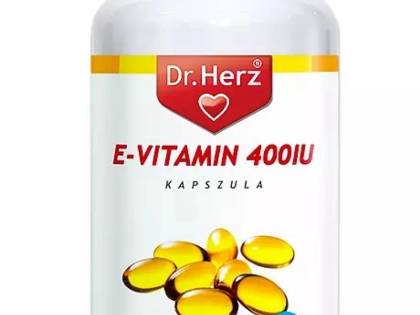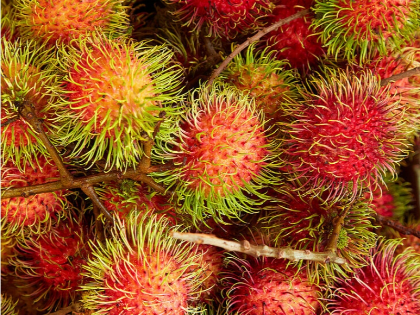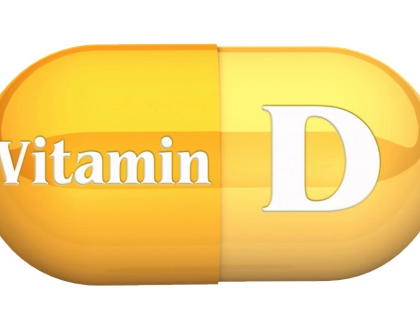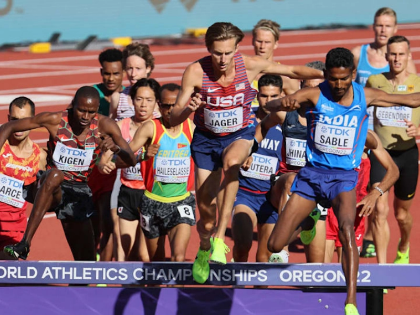The Role of Vitamin E in Cellular Energy Production
Though its antioxidant qualities are well known, vitamin E's importance in cellular energy generation is equally great. Maintaining general health, supporting several body processes, and raising energy levels all depend on this essential vitamin. Knowing how vitamin E helps create cellular energy might enable people to choose foods carefully that support vitality and well-being. The processes by which vitamin E supports energy generation, its sources, and more general health advantages are examined in this paper.
Appreciating Cellular Energy Generation
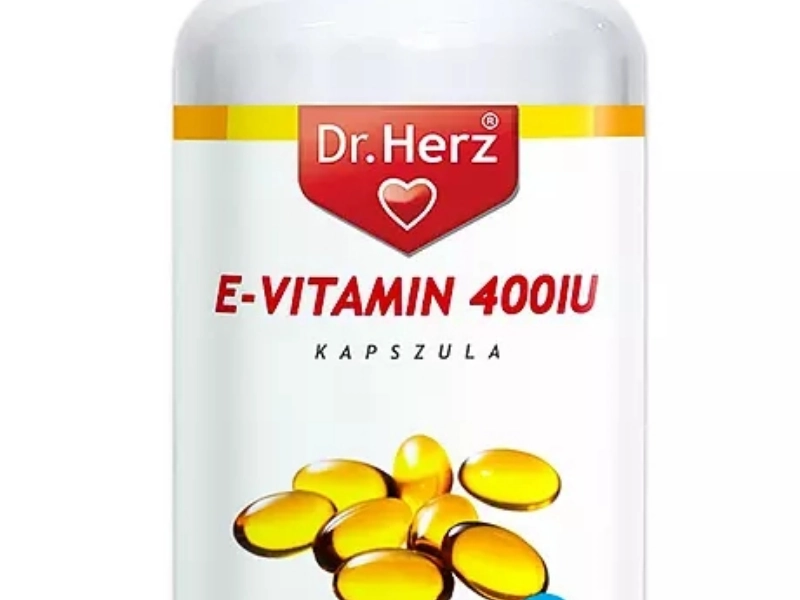
Vitamin E's Antioxidant Effect
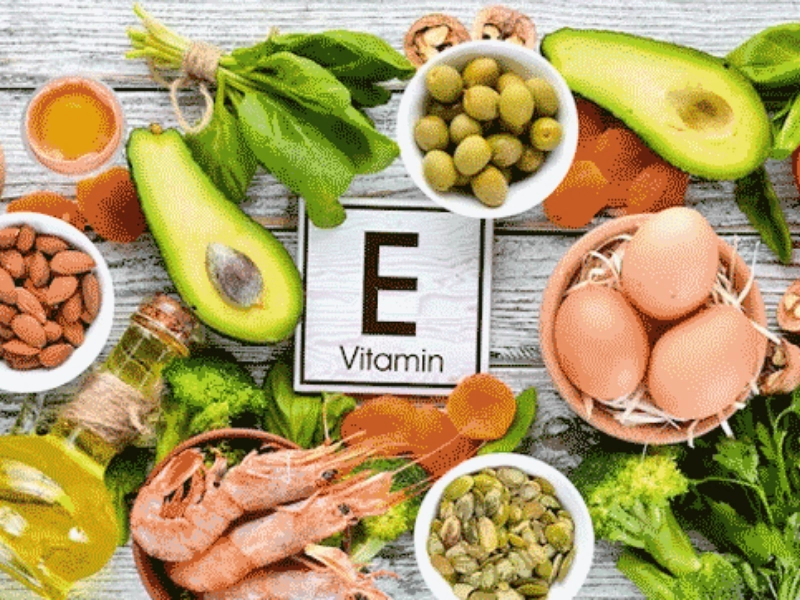 Powerful antioxidant capacity of vitamin E is one of its main purposes. Unstable chemicals, free radicals can harm cells and cause a variety of health problems including low energy levels and tiredness. By neutralising these free radicals and thereby shielding cells from injury, vitamin E helps fight oxidative stress.
Within the framework of energy generation, mitochondria especially depend on the antioxidant qualities of vitamin E. Because of their part in energy metabolism, these organelles are quite prone to oxidative damage. Vitamin E guarantees that energy generation mechanisms stay efficient by preserving mitochondrial health, therefore enabling cells to produce ATP with efficiency. Maintaining not only energy levels but also general cellular function depends on this protective action.
Powerful antioxidant capacity of vitamin E is one of its main purposes. Unstable chemicals, free radicals can harm cells and cause a variety of health problems including low energy levels and tiredness. By neutralising these free radicals and thereby shielding cells from injury, vitamin E helps fight oxidative stress.
Within the framework of energy generation, mitochondria especially depend on the antioxidant qualities of vitamin E. Because of their part in energy metabolism, these organelles are quite prone to oxidative damage. Vitamin E guarantees that energy generation mechanisms stay efficient by preserving mitochondrial health, therefore enabling cells to produce ATP with efficiency. Maintaining not only energy levels but also general cellular function depends on this protective action.
Vegetable sources of vitamin E
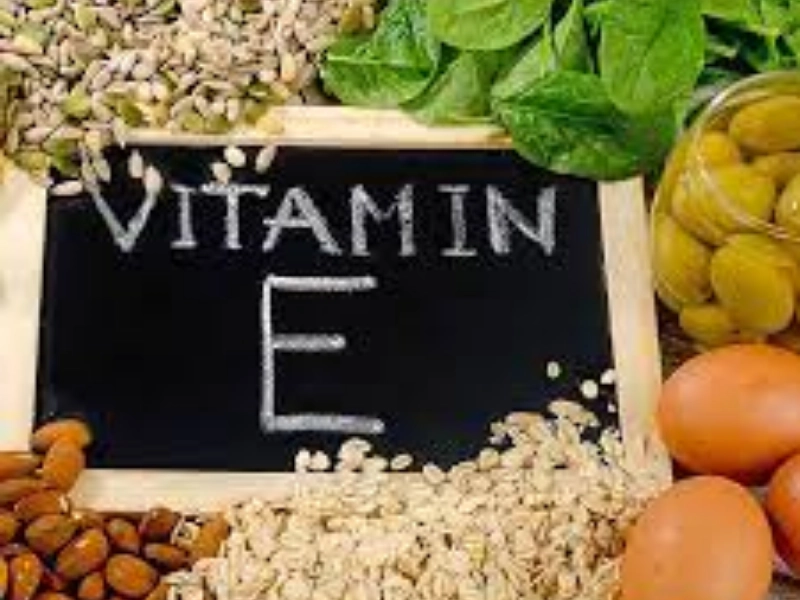 Maintaining cellular energy generation requires vitamin E inclusion into your diet. Many foods contain this vitamin, hence a balanced diet provides rather simple access to it. Vegetable oils, seeds, and nuts are among the foods highest in vitamin E content. For significant levels of this vitamin, almonds, sunflower seeds, and hazelnuts are among great choices.
Along with other important minerals, leafy green vegetables such kale and spinach have vitamin E. Furthermore helping your vitamin E intake are avocados and some fruits like mango and kiwi. Vitamin E supplements are available for those who might find it difficult to satisfy their dietary requirements with food alone; nevertheless, it is always important to see a healthcare practitioner before beginning any supplementation.
Maintaining cellular energy generation requires vitamin E inclusion into your diet. Many foods contain this vitamin, hence a balanced diet provides rather simple access to it. Vegetable oils, seeds, and nuts are among the foods highest in vitamin E content. For significant levels of this vitamin, almonds, sunflower seeds, and hazelnuts are among great choices.
Along with other important minerals, leafy green vegetables such kale and spinach have vitamin E. Furthermore helping your vitamin E intake are avocados and some fruits like mango and kiwi. Vitamin E supplements are available for those who might find it difficult to satisfy their dietary requirements with food alone; nevertheless, it is always important to see a healthcare practitioner before beginning any supplementation.
The Interplay of Vitamin E and Fat Metabolism
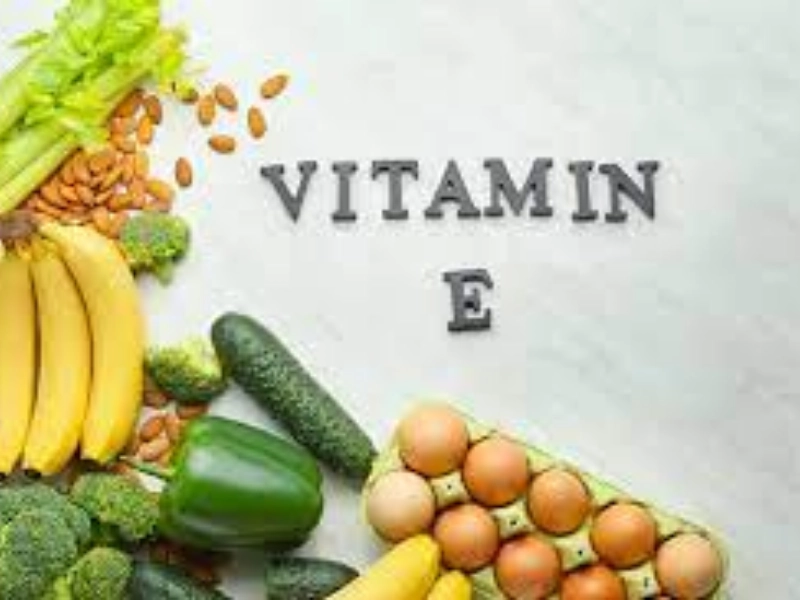 The part vitamin E plays in energy generation also relates to how fat metabolism is handled. Particularly during extended physical exercise, fats are the main energy source the body uses. Fats must be broken down via a sequence of metabolic events if the body is to efficiently use them for energy.
Through encouraging the movement and storage of lipids inside cells, vitamin E helps in this process. It preserves the integrity of cell membranes, therefore enabling effective metabolism of lipids to generate ATP. Furthermore, vitamin E helps the enzymes engaged in fat oxidation to work, therefore improving the body's capacity to get energy from dietary fats. The link between vitamin E and fat metabolism emphasises the need of this vitamin in preserving suitable energy levels.
The part vitamin E plays in energy generation also relates to how fat metabolism is handled. Particularly during extended physical exercise, fats are the main energy source the body uses. Fats must be broken down via a sequence of metabolic events if the body is to efficiently use them for energy.
Through encouraging the movement and storage of lipids inside cells, vitamin E helps in this process. It preserves the integrity of cell membranes, therefore enabling effective metabolism of lipids to generate ATP. Furthermore, vitamin E helps the enzymes engaged in fat oxidation to work, therefore improving the body's capacity to get energy from dietary fats. The link between vitamin E and fat metabolism emphasises the need of this vitamin in preserving suitable energy levels.
Physical Performance and Vitamin E
Furthermore relevant for athletic performance is the function of vitamin E in cellular energy generation. Active people and athletes regularly look for strategies to raise their endurance and energy levels. Enough vitamin E can help greatly towards supporting these objectives. Studies imply that vitamin E could assist lower oxidative stress brought on by exercise, so enabling better performance and recuperation. Vitamin E helps athletes to maintain their energy levels and recover more quickly following vigorous physical activity by shielding cells from harm. Including foods high in vitamin E in the diet can therefore help everyone trying to improve their general energy levels and physical performance.
The Value of Balance Regarding Nutrient Consumption
Although the creation of cellular energy depends on vitamin E, it is crucial to keep in mind that balance is fundamental regarding nutrient consumption. For best health and energy levels, a well-rounded diet including several minerals and vitamins is absolutely vital. Depending just on one nutrient—even one as vital as vitamin E—may not offer the whole advantages required for general health. Apart from vitamin E, make sure you are getting enough of other vitamins as B vitamins directly affect energy metabolism. Production of energy also depends critically on minerals such magnesium and iron. Emphasising a varied and balanced diet can help you meet the energy demands of your body and advance long-term health. All things considered, vitamin E protects cell membranes, improves mitochondrial performance, and promotes fat metabolism, therefore promoting the generation of cellular energy. Its antioxidant qualities enable the fight against oxidative stress, therefore guaranteeing the efficiency of energy generating mechanisms. Including foods high in vitamin E will help your body's energy levels and general health, hence it is a necessary part of a balanced diet.
